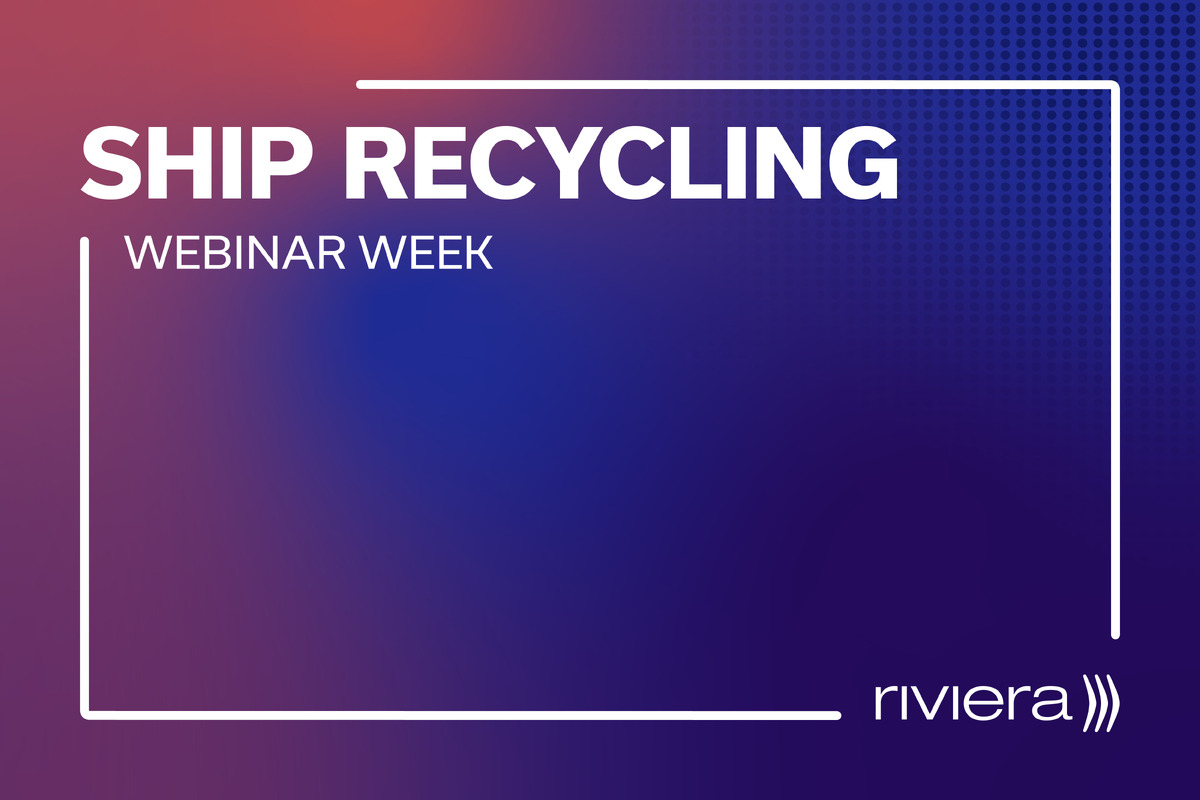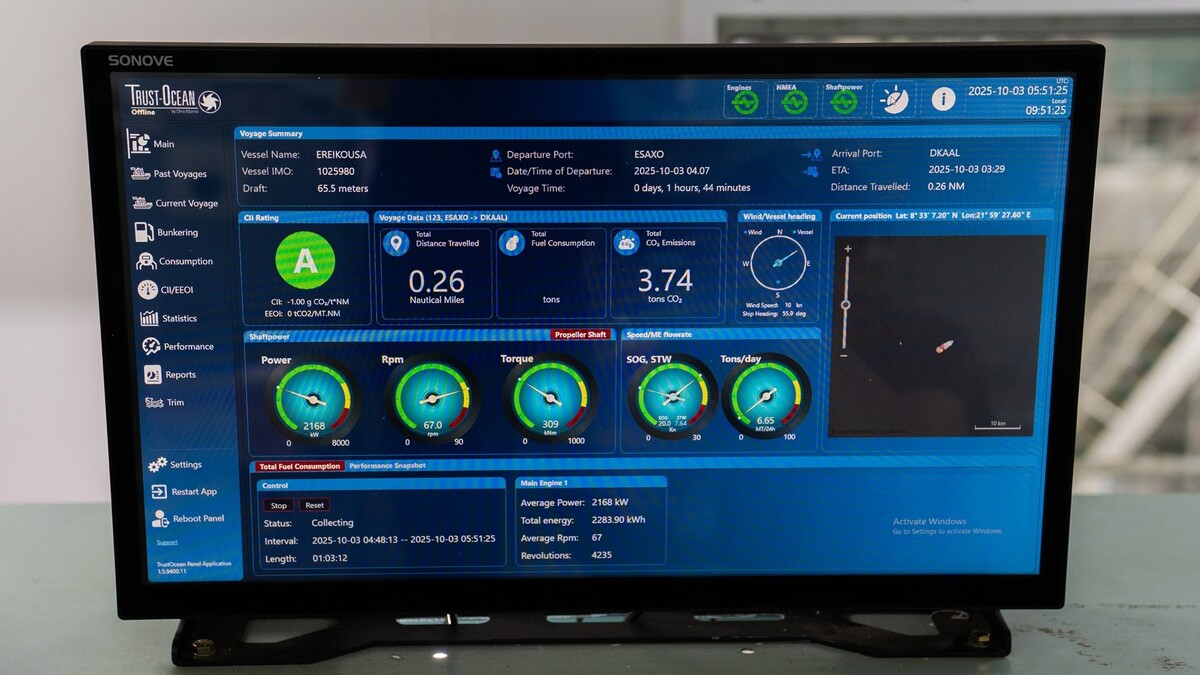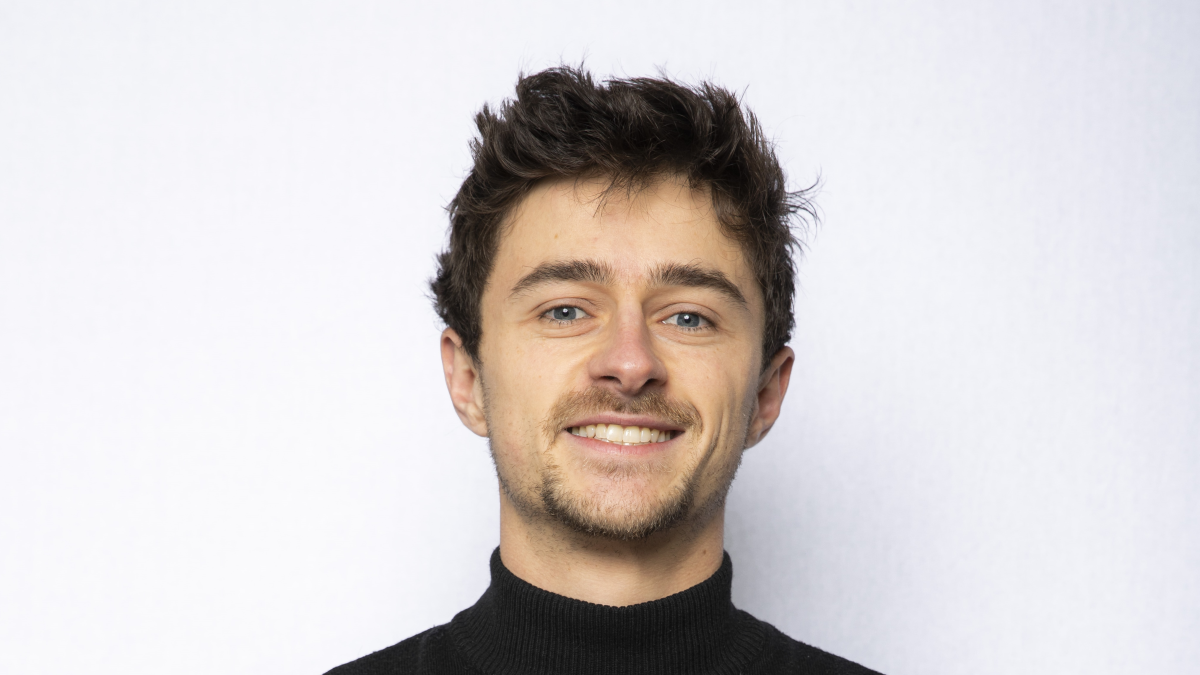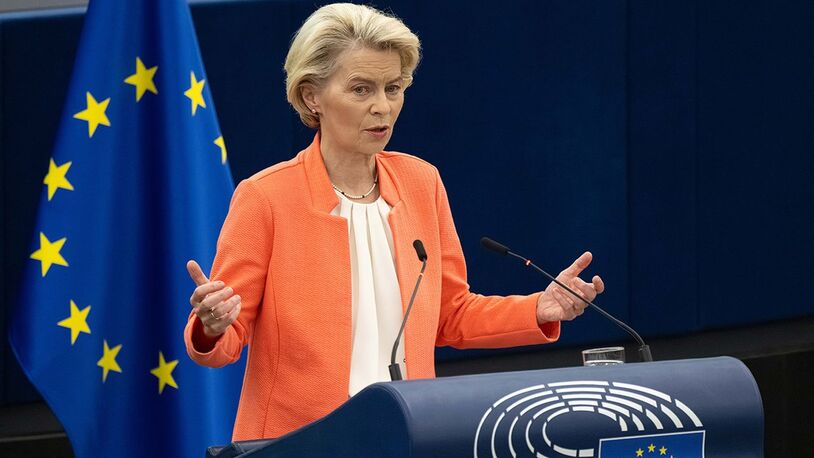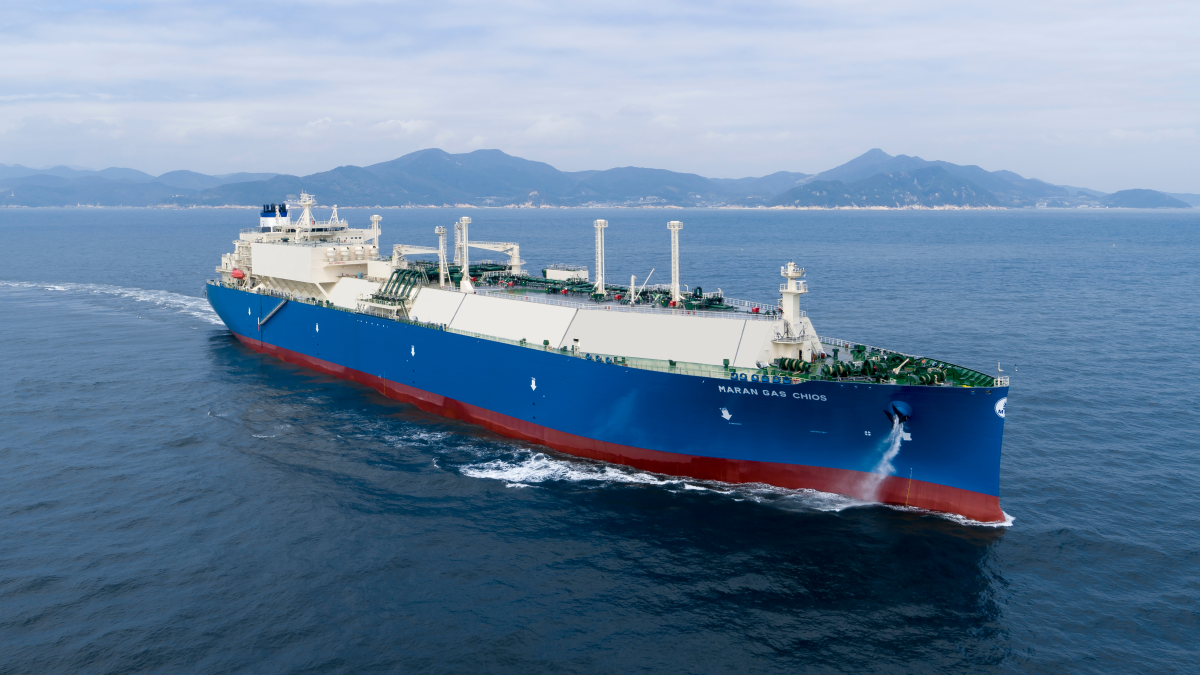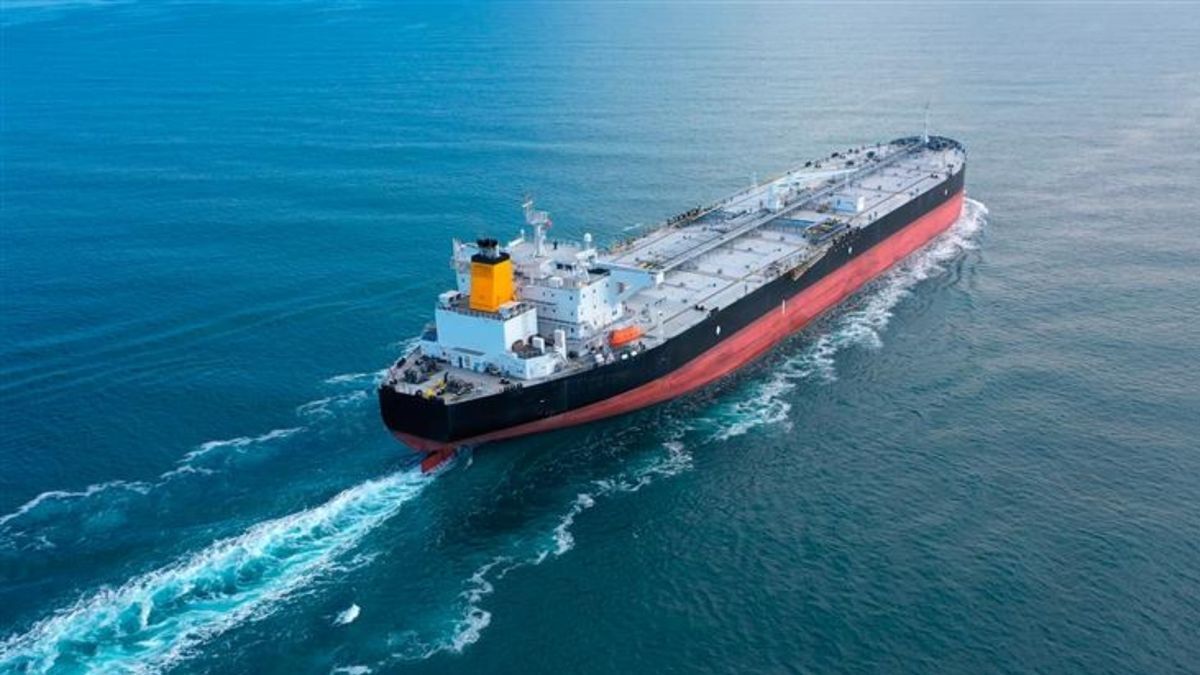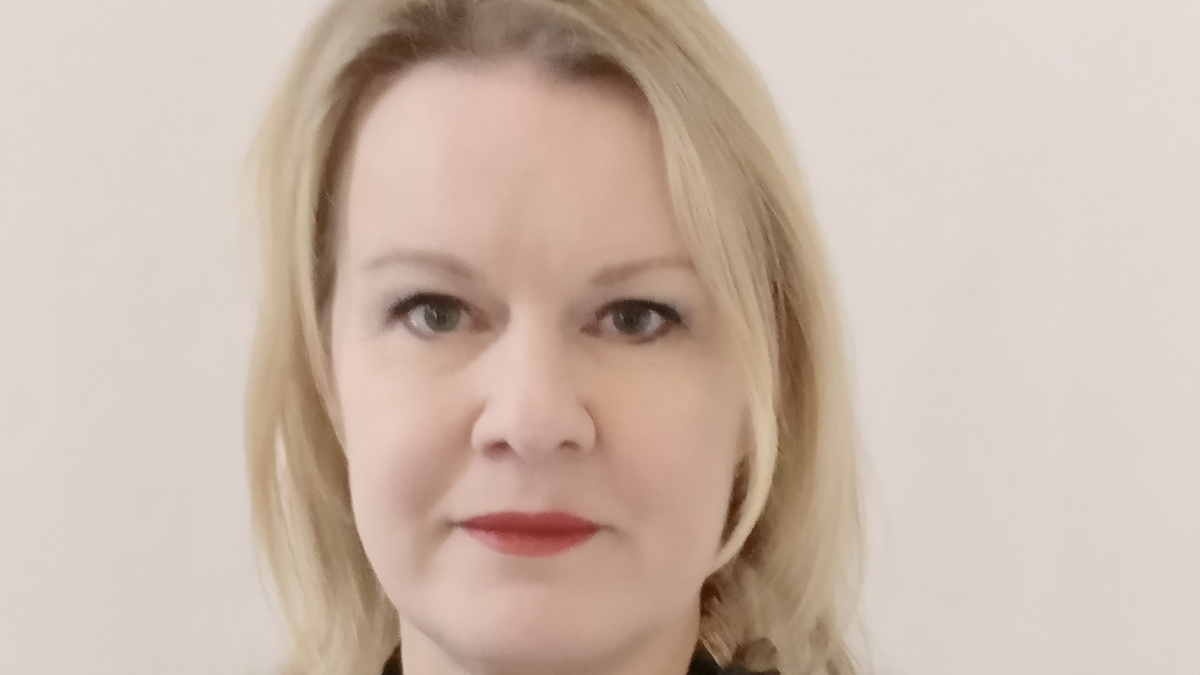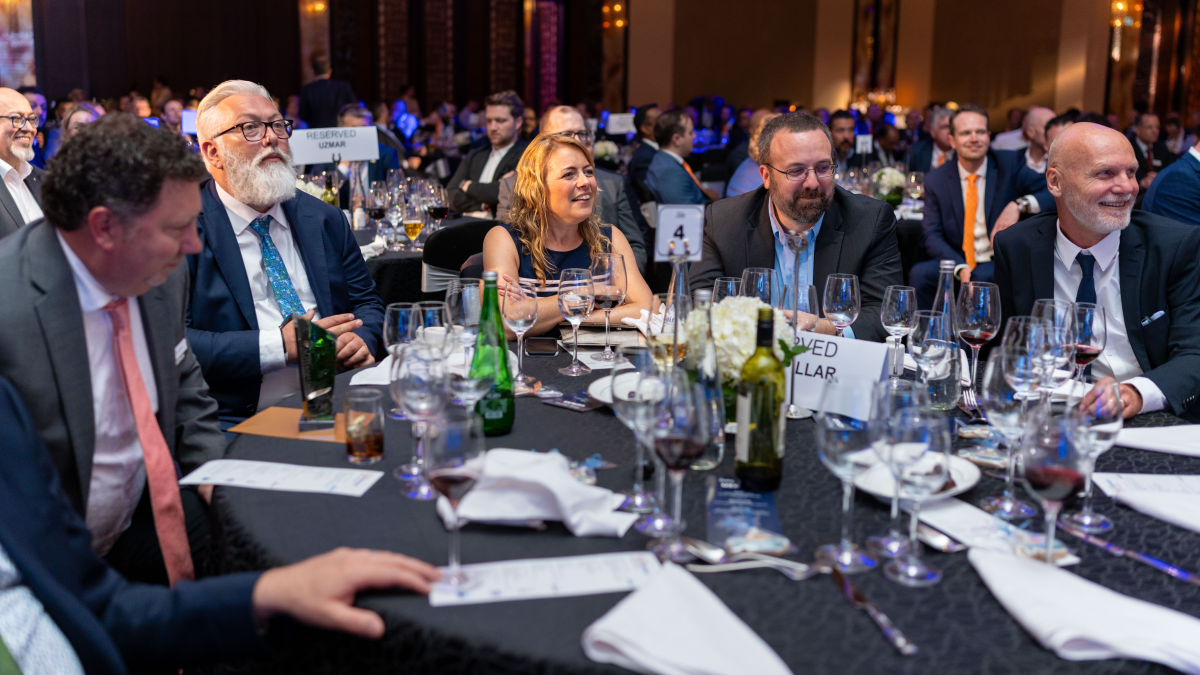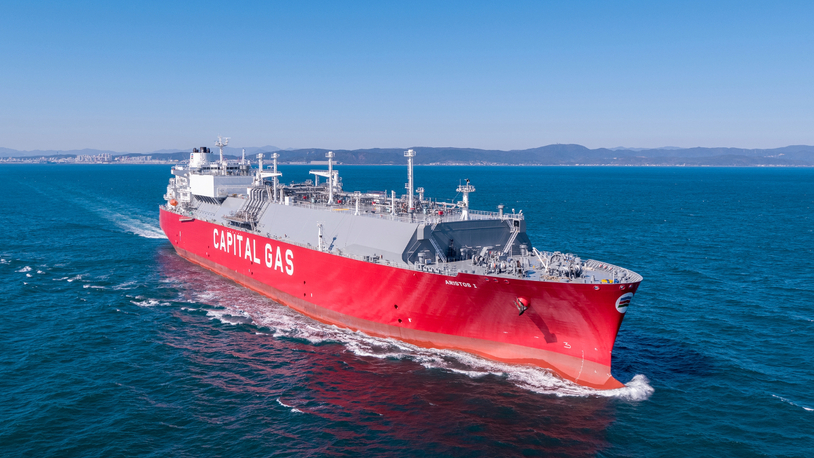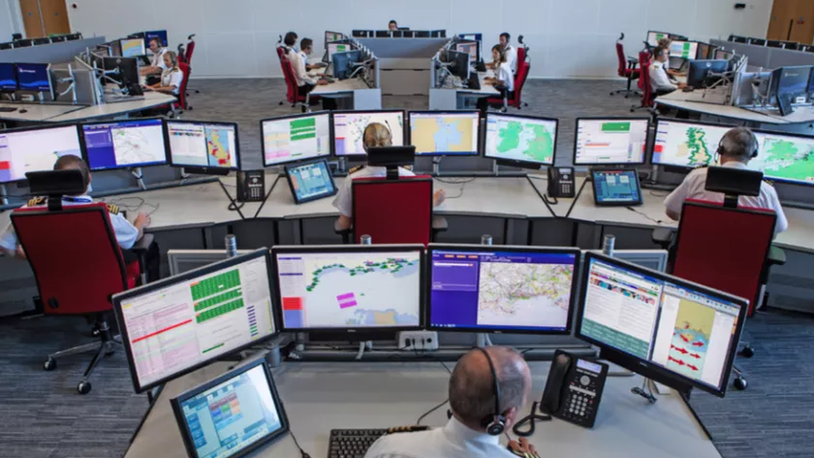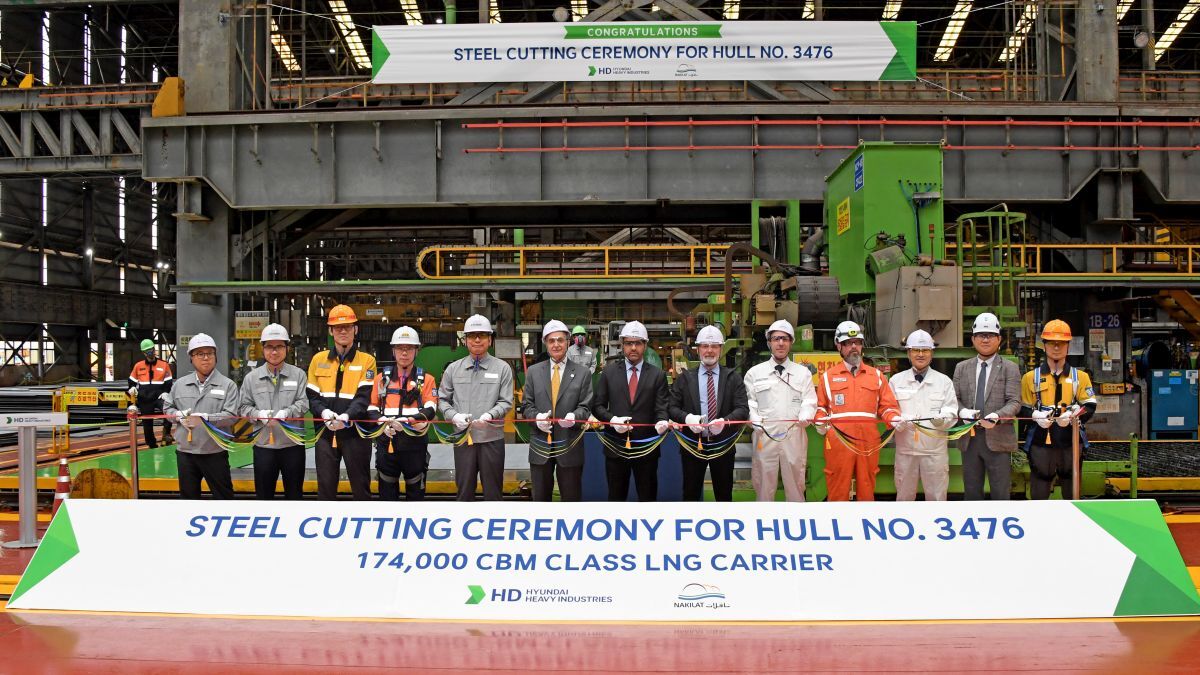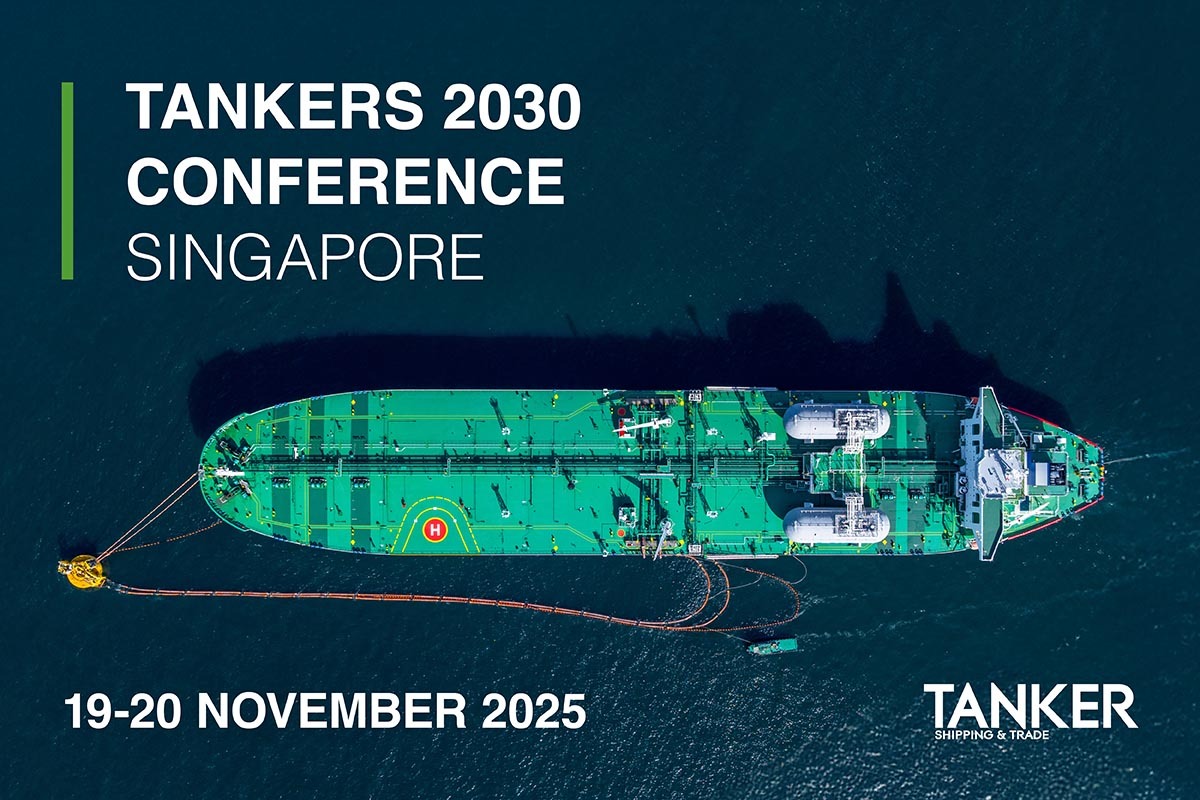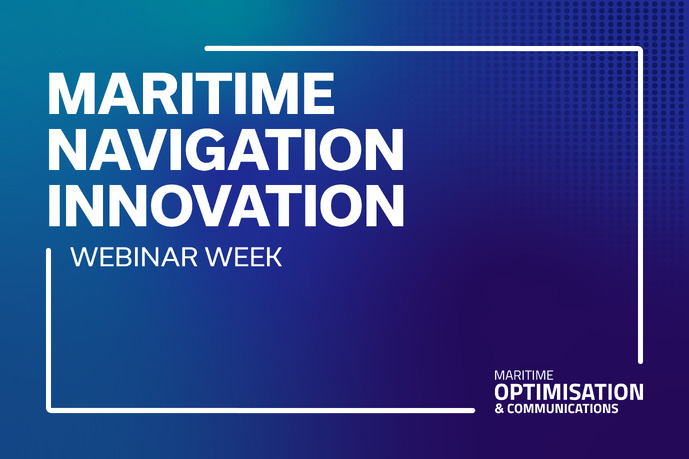Business Sectors
Events
Ship Recycling Webinar Week
Contents
Register to read more articles.
Feasibility of robotic inspection of ammonia tank containment
Tractebel applies EN 14620 and PGS 12 standards to ammonia tank design, optimising blast-wall thickness and preparing for in-service robot inspections
Tractebel’s (an ENGIE company) pre-Front End Engineering Design (FEED) work for the Medhyterra ammonia terminal in Fos-sur-Mer focuses on a full-containment tank per EN 14620* and PGS 12* plus an in-service robotic inspection method. As Tractebel project manager, H2 & decarbonation, Léopold Villeroy explained in a presentation at Gastech 2025, “the best available technique according to EN 14620 for toxic liquefied gases … is the full containment tank”. This arrangement comprises an inner cryogenic vessel enveloped by a secondary tank that fully captures any leakage of liquid and vapour.
No French regulation exists for ammonia tank design. European guidelines under EN 14620 prescribe flat-bottomed cylindrical tanks for storage between 0 °C and –196 °C, while PGS 12 adds a concrete blast wall to resist pressure waves, fragment impacts and heat radiation. A site survey confirmed Fos-Tonkin lies within a no-fly zone below 1 000 m, obviating the need to design for a 200 kg object impact at 100 m/s. “A reduction of the blast wall thickness … still allows resistance to pressure wave, impact of fragments or heat radiation exposure as required by PGS12, but without taking into account the risk of aircraft crash,” Mr Villeroy reported, yielding material savings without eroding safety margins.
Conventional inspection under Union des Industries de la Fertilisation (UNIFA) guidance demands decommissioning, emptying, manway openings and interior magnetoscopic surveys, incurring up to six months of downtime and risking stress corrosion cracking from thermal cycling and oxygen ingress. PGS 12 itself recommends inspection every six to 12 years but endorses a robotic solution. The device inserts via a manhole in the outer tank, traverses the annular space and applies ultrasonic and pulse-echo testing against the inner vessel’s wall. “The environment in the annular room is very hostile with ammonia vapour and a temperature of –33 °C and hence the requirements to the robot are severe with regards to inspection capability and integrity,” Mr Villeroy notes.
Robotic probes scan weld seams, shell plates and nozzle attachments without full depressurisation, reducing the inspection window from months to weeks. Early trials suggest coverage rates comparable to manual surveys, though detailed performance data remain under development.
Implementation requires integrating the manhole and deployment system into the containment envelope with airtight seals, robust launch and retrieval mechanisms and remote controls that endure cryogenic conditions. Materials for the robot’s treads and ultrasonic transducers must resist embrittlement and corrosion under ammonia vapour exposure.
The inspection protocol also calls for a habitat at the manhole of the outer tank containing a remotely operated deployment tool and serving as a barrier. It is purged with nitrogen when open to prevent oxygen intrusion and its pressure equalised to the tank to maintain over-pressure.
A preliminary value-engineering study at the end of pre-FEED confirmed that combining reduced blast-wall mass with stringent robotic inspection is feasible and cost-effective. These results will be validated in subsequent phases with more detailed studies and closer engagement with robotic developers. The approach shows how industry standards can be applied site-specifically to optimise both capex and operational continuity.
Tractebel’s Fos-sur-Mer experience suggests future ammonia terminals should integrate robotic inspection from the outset rather than retrofit later. Early collaboration with robot developers, detailed deployment risk assessments and real-time monitoring of robot integrity will be essential.
Note: * EN 14620 is issued by European Committee for Standardization / Comité Européen de Normalisation) and is the European standard covering design and construction of site-built tanks for refrigerated liquefied gases.
Note: * PGS 12 is published within the Netherlands’ Publication Series on Hazardous Substances and gives Dutch best-practice requirements/guidance for ammonia installations.
Related to this Story
Events
Ship Recycling Webinar Week
International Bulk Shipping Conference 2025
Tankers 2030 Conference
Maritime Navigation Innovation Webinar Week
© 2024 Riviera Maritime Media Ltd.
